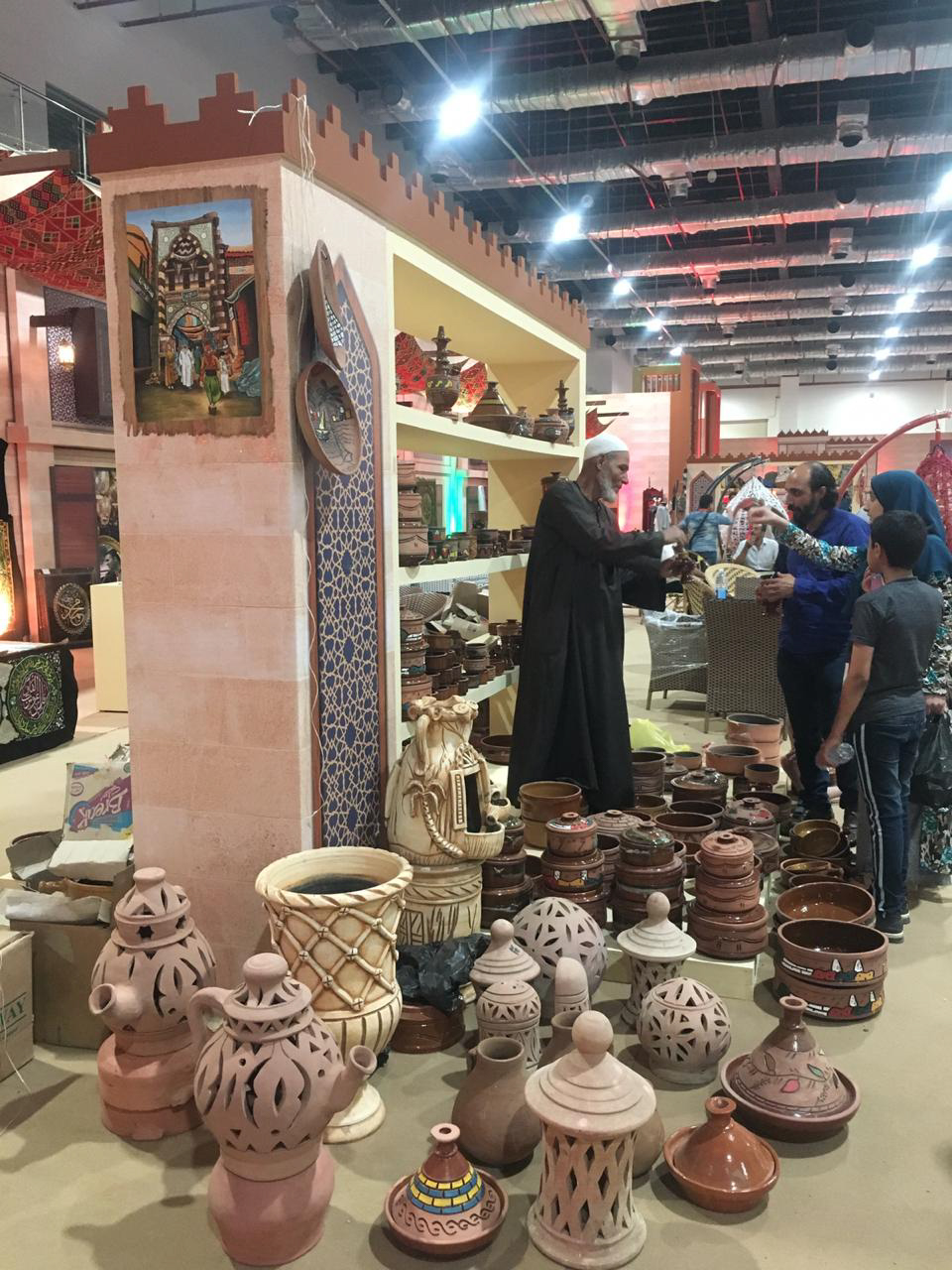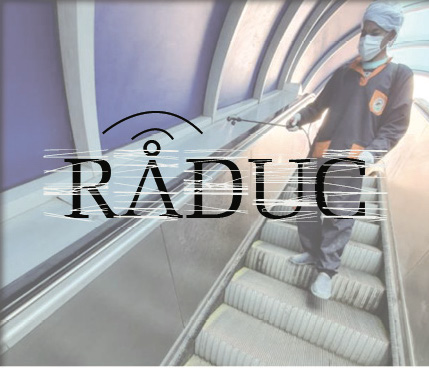Turathna Promotes Egyptian Heritage
By: Tarnim Hany Nan
@TarnimH
Arts and crafts from specific cultures or regions hold much more value than being handmade works and are more so examples of living history, links in the chain of heritage.
This was emphasized during the Turathna (Our Heritage) exhibit which took place from October 2 till October 6 at New Cairo’s Egypt International Exhibitions Center under the auspices of President Abdel Fattah El-Sisi.
The exhibition drew artisans from across the nation under one roof, each representing their local crafts with a diversity of handmade products including pottery, woodworks, rugs, clothes, home accessories, food and many more.
The venue was also highlighted as a means to recognize that these local enterprises empower and employ Egyptians.
Mohamed Yassien’s project ‘Creativity for Developing Skills,’ also develops the skills of those with passion and potential for leather sewing to produce artistic handmade leather accessories.
“My wife and I started this project in 2001 after we graduated from Cairo University. We developed this new technique of carving on leather the same way carpenters carve on wood,” Yassien said.
Yassien and his wife, Shaimaa Isaac, have their own workshop in Agouza. They showcase their products there and give courses to those interested in their craftsmanship.
“Our goal is to make our clients love our 100 percent Egyptian products. At Turathna, so many people have been seeing our products and showing their admiration of our work,” Isaac said.
The couple dreams of establishing a strong exhibition for handmade products to compete with European leather exhibitions.
“We have the materials and we’re the workforce. We just need more amazing exhibitions like this [Turathna] to showcase our products and get international media attention,” Yassien explained.
Reda Hassan, founder of ‘HandMade’ for classic and modern wood trading in Alexandria in 1998, and Turathna exhibitor, also agreed.
“The connections we made in this exhibition with our clients are very important to exhibit Egypt’s handicrafts industries outside Egypt,” Hassan said.
Hassan has signed different deals with companies from China and Malaysia to export designed wood furniture.
Hassan, however, shares a different opinion from Yassien’s on the workforce in Egypt.
“We have no manpower in Egypt. We need to train the workforce. Untrained workforce is no workforce and that’s the situation with us,” Hassan explained.
However, that is the main reason why exhibitions like Turathna are hosted by Cairo-based Micro, Small and Medium Enterprise Development Agency and the Social Fund For Development.
It is exhibitions such as these which also introduce new scientific innovations and technologies to traditional work.
Manar Deabes, Turathna exhibitor of ‘Minnie’s for Dried Fruits and Vegetables’ and former director of development at AUC, said she has been drying fruits using solar energy technology brought in from Germany, and sells her products at farmers markets.
After Deabes retired from her position at AUC, she travelled to India to learn about solar energy and solar drying, in order to produce food that would be healthy for her family and her grandchildren.
“All our food is dried with no preservative, no food coloring, no flavor enhancements or anything,” Deabes continued.
Minnie’s began in a farmers market in Zamalek about seven years ago and it has evolved ever since, because everything comes in waves in Egypt.
“The wave now is farmers market and eating healthy,” Deabes said.
Since Deabes doesn’t have a place to sell her products, exhibitions like Turathna are essential because they offer a platform to promote her business and gain exposure.
“This has been a very successful market here at Turathna for the past five days,” said Zaineb Aly, Deabes’s cousin.
Deabes’s project also empowers and employs local village women.
“We teach them [village women] new skills. We teach them about health, sanitation, eating and feeding their children healthy food,” Deabes said.




